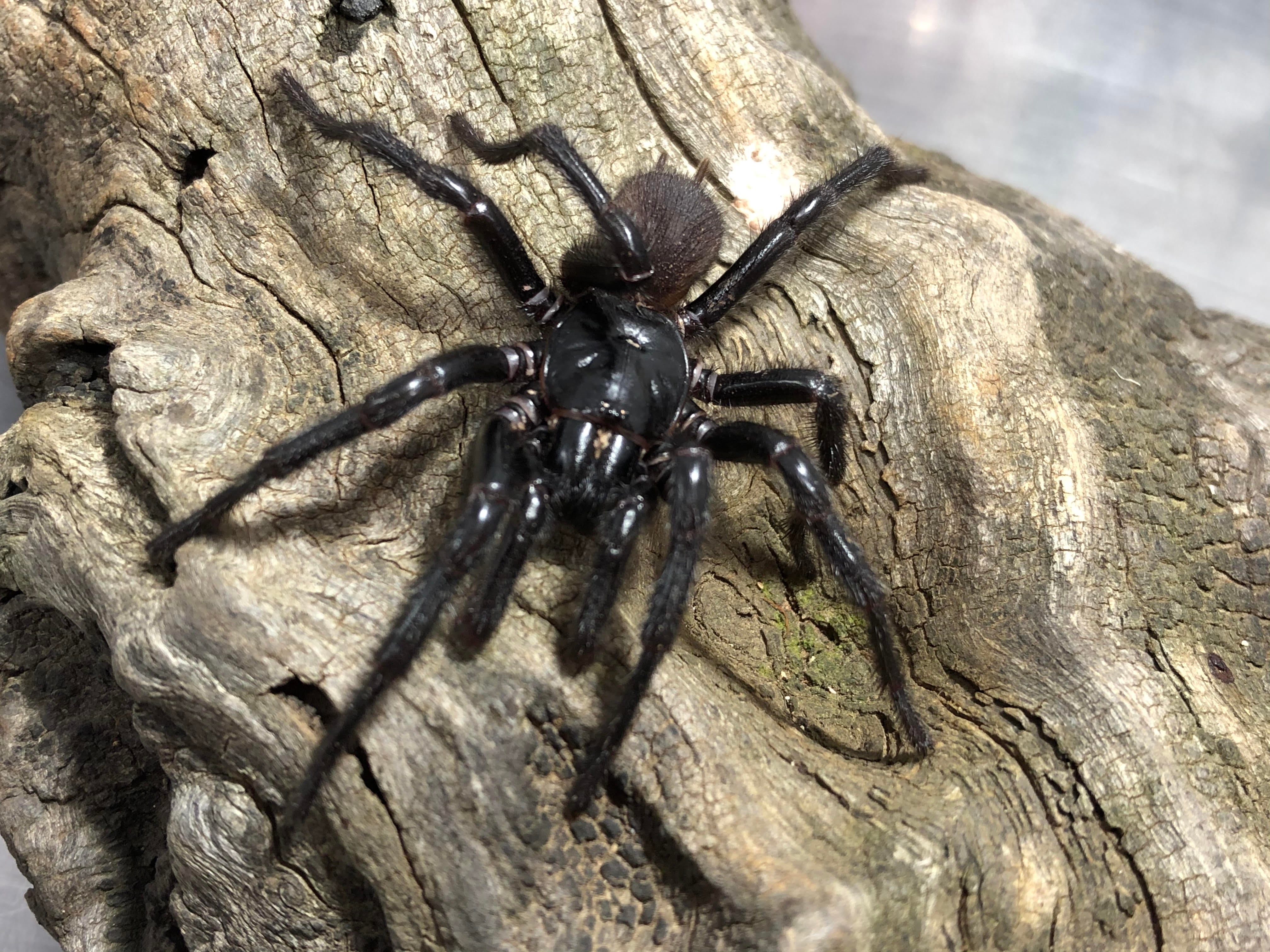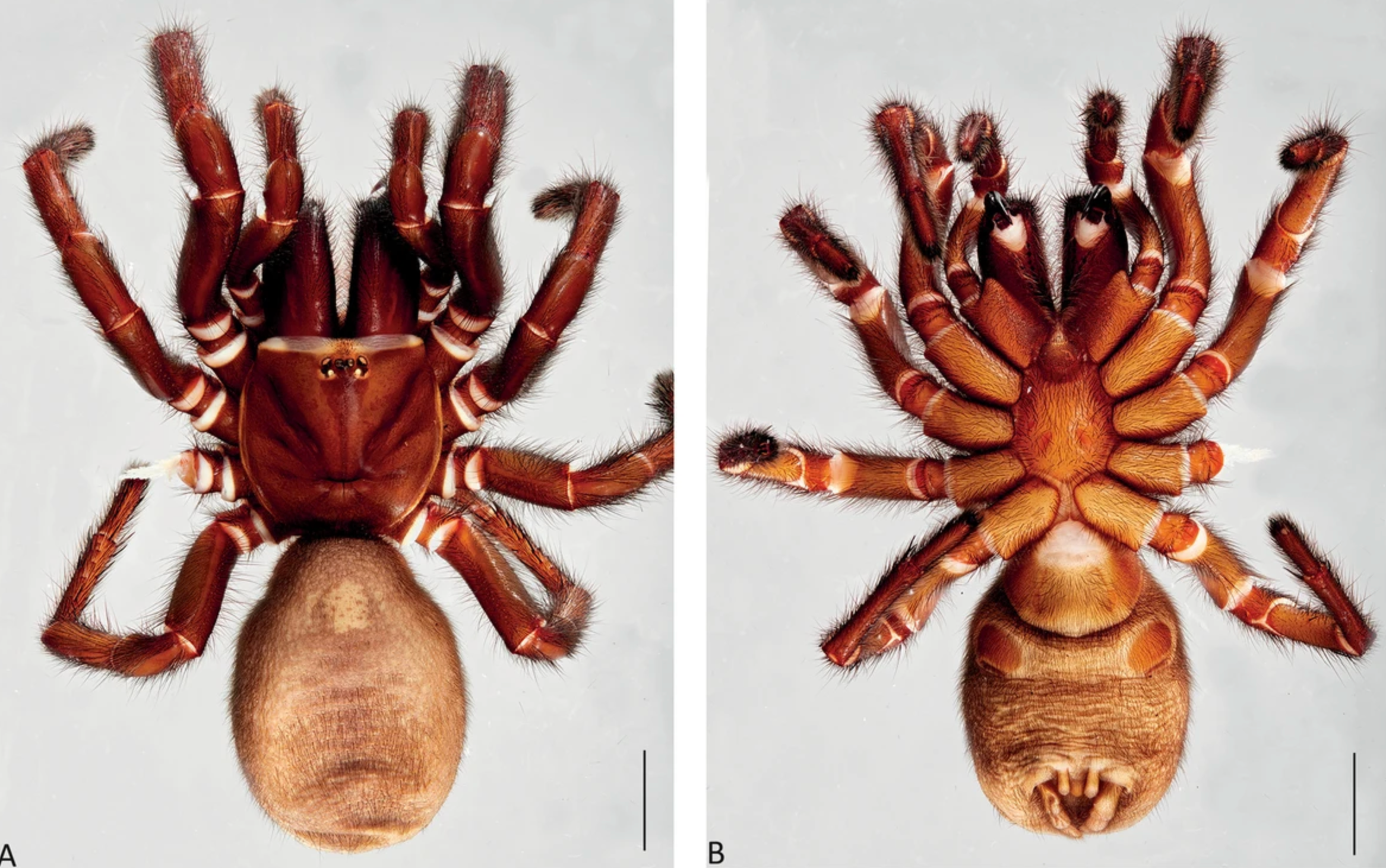Scientists discover new ‘unusually large’ species of one of world’s deadliest spiders
New species of funnel-web spider found in Newcastle has been dubbed ‘Big Boy’
Your support helps us to tell the story
From reproductive rights to climate change to Big Tech, The Independent is on the ground when the story is developing. Whether it's investigating the financials of Elon Musk's pro-Trump PAC or producing our latest documentary, 'The A Word', which shines a light on the American women fighting for reproductive rights, we know how important it is to parse out the facts from the messaging.
At such a critical moment in US history, we need reporters on the ground. Your donation allows us to keep sending journalists to speak to both sides of the story.
The Independent is trusted by Americans across the entire political spectrum. And unlike many other quality news outlets, we choose not to lock Americans out of our reporting and analysis with paywalls. We believe quality journalism should be available to everyone, paid for by those who can afford it.
Your support makes all the difference.Scientists in Australia say a group of “unusually large” funnel-web spiders is actually a new species in its own right.
Researchers say they used anatomical and DNA comparisons to study different populations of the Sydney funnel-web spider – one of the world’s deadliest spiders – and found there were three species, only two of which were previously known to science.
The study revealed the “hidden diversity among funnel-web spiders”, said arachnologist Stephanie Loria from the Leibniz Institute for the Analysis of Biodiversity Change in Germany.
The “classic” Sydney funnel-web spider, Atrax robustus, is found from the Central Coast to the Sydney Basin; the Southern Sydney funnel-web, Atrax montanus, is common in the Blue Mountains south and west of Sydney; and the Newcastle funnel-web, which has now been dubbed the “Big Boy” for being the largest of the three, inhabits the city of Newcastle.
“The Newcastle funnel-web, Atrax christenseni – ‘Big Boy’ – is a totally new species. The ‘true’ Sydney funnel-web, Atrax robustus, centres on the North Shore of Sydney and the Central Coast while the Southern Sydney funnel-web is a resurrected species name from 1914,” Dr Loria said.

The Latin name for the Big Boy species is derived from the Newcastle spider enthusiast Kane Christensen, who brought it to the attention of the research team.
The study was launched after Mr Christensen, based at the Australian Reptile Park in New South Wales, collected a number of “unusually large male funnel-web spiders” as part of a venom programme, researchers say.
“Atrax christenseni is a superb and impressive funnel-web. The sheer size of the males, compared to the males of the other Atrax species, is simply astounding,” Mr Christensen said. “I am very passionate about funnel-webs and there is no greater compliment than to have another scientist name a funnel-web species after me. I am deeply honoured and accept it with great pleasure.”

In the study, published in the journal BMC Ecology and Evolution, the researchers collected new specimens of funnel-webs from across Sydney and examined their DNA. They then compared the spiders with museum specimens dating back to the early 1900s.
“None of these insights would have been possible without the use of historical collections and international collaboration,” Dr Loria said.
The reclassification may have practical implications for antivenom production.
“While funnel-web bites are the most severe among spiders, they are not very common. If you are bitten by a funnel-web spider, call an ambulance and go straight to hospital,” toxicologist Geoff Isbister from the Calvary Mater Newcastle Hospital said.
“Although no human fatalities have occurred since the development of antivenom in the 1980s, the antivenom for Sydney funnel-web spiders might be optimised by considering biological differentiation at the species level,” said Danilo Harms, another author of the study.

Join our commenting forum
Join thought-provoking conversations, follow other Independent readers and see their replies
Comments